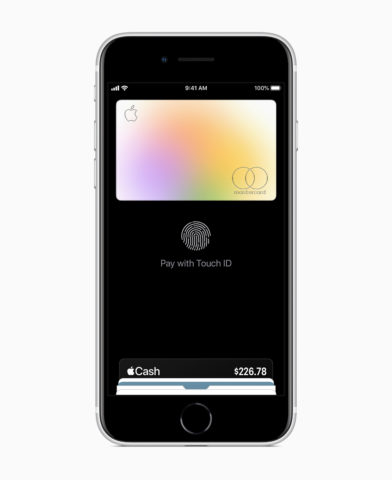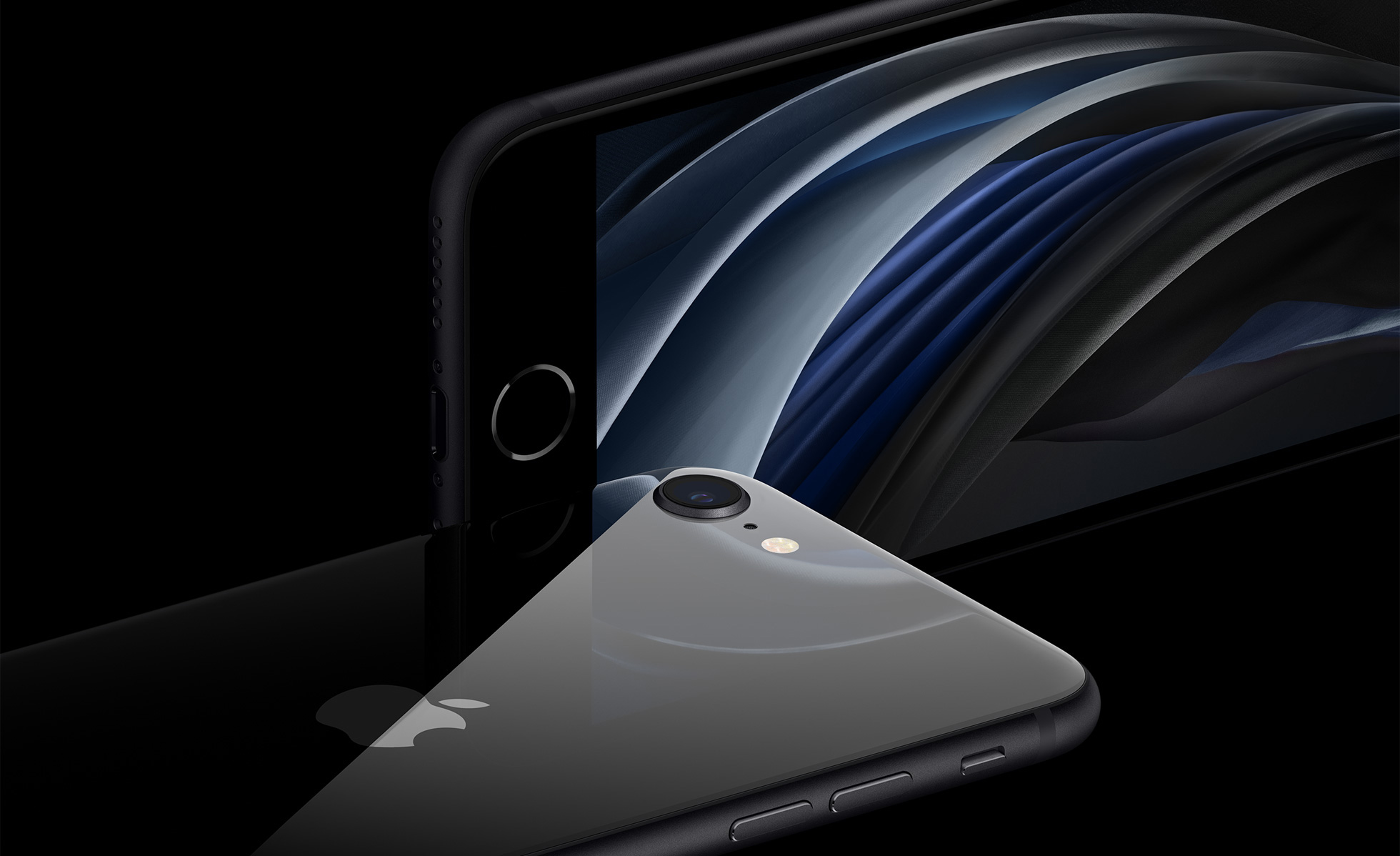Apple’s entry-level smartphone punches well above its weight
Compromise isn’t a word you hear often in breathless press releases, unless it’s preceded by the word ‘no’. Companies have trained us to yearn for the latest and greatest — the shiniest of tech products. This often leads to journalists and consumers poring over technical specs, dismissing a product if the numbers don’t meet their lofty expectations.
The problem is specs can be deceiving, and there’s a danger of concentrating on the wrong things. Nowhere with current hardware is this more apparent than with the 2020 iPhone SE.
Yesterday’s news
First impressions of the SE perhaps stem from whether you’re happiest with the cutting-edge or familiarity. It eschews the ‘all-screen’ design of Apple’s latest iPhones, content with being the spitting image of an iPhone 8. This means Touch ID instead of Face ID. It also means a screen that doesn’t compare favorably with Android devices in the same price range — at least on paper.

The new iPhone uses Touch ID rather than Face ID
The reality is this device still has a sharp, bright, color-accurate display. For the vast majority of people, the 326ppi screen depth (which, incidentally, is identical to the iPhone 11’s — and people love that phone’s display) and 1334×750 resolution will be sufficient. Sure, that’s not ‘full HD’, but then this is a phone, not a television.
Raw power
The spec that’s arguably most important with the second-gen iPhone SE is the A13 Bionic chip at the heart of the device. This is the same chip in Apple’s current flagship iPhones. It’s hugely powerful, and so the iPhone SE — despite being Apple’s entry-level iPhone — can broadly hold its own with Apple’s most expensive devices. This also puts it on par with the very best of Android — and far beyond anything else in the iPhone SE’s price bracket.

The A13 chip’s computational power ensures the SE is capable of stunning snaps
Even if you don’t use power-hungry apps, the A13 is a boon in an entry-level device. It’ll help anything you work with run more smoothly. Apple will be able to support this device for longer than anything running an older chip – perhaps up to 2025 and iOS 19, if its track record to date is anything to go by. And with Apple’s photography increasingly utilizing the A13’s computational power, this boosts the SE’s otherwise middling camera set-up.
SE = Special Edition?
There’s a lot more to like about this phone: waterproofing; stereo speakers; wireless charging; faster Wi-Fi; the actual dimensions for those smaller of pocket. Even some of the perceived drawbacks may be a boon — such as Touch ID in an era of face masks.
The point about compromise isn’t whether it’s a bad thing — it’s whether the right compromises have been made. With the new iPhone SE, that looks to be the case — to the point that for a great many people, it’ll be all the iPhone they’ll ever need.

